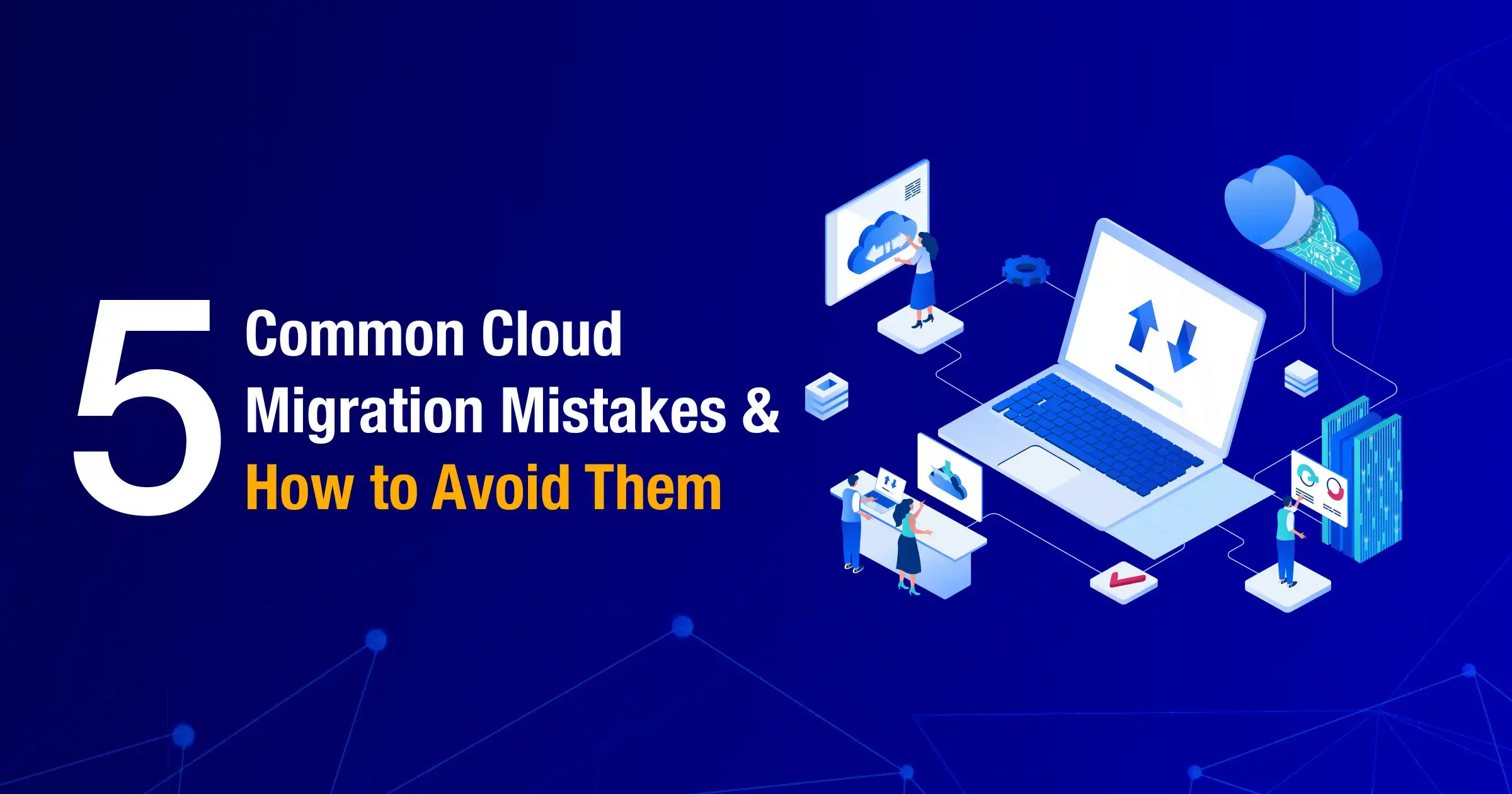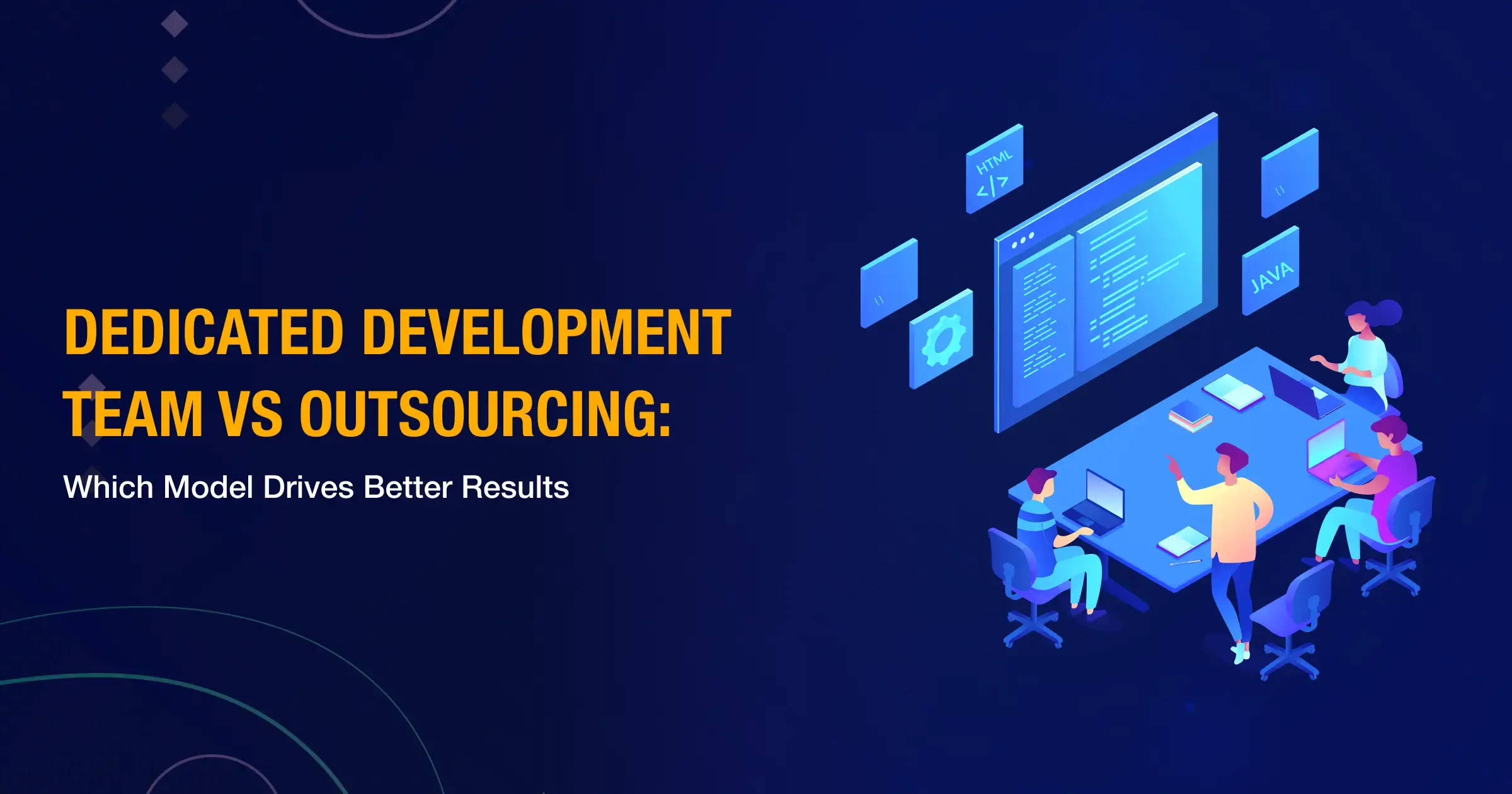Posted by Tech.us Category:
We are a team of technology experts who are passionate about what we do. We LOVE our customers. We LOVE technology. We LOVE helping you grow your business with technology.
Artificial Intelligence Services
Machine Learning Solutions
Generative Al Companies
Robotic Process Automation
Natural Language Processing
Chatbot Development Services
Enterprise AI Solutions
Data Annotation Services
MLOps Solutions
IoT Solutions
Data Mining Solutions
Computer Vision Services
Custom LLM
AI Agents
Agentic AI Development
Custom Software Development
Enterprise Software Solutions
Software Development Services
Website Development Services
Software Product Development Services
SaaS Development Services
Mobile App Development Services
Custom Mobile App Development
IOS App Development
Android App Development
Enterprise Mobile App Development
Hybrid App Development
Software Development Outsourcing
Dedicated Development Team
Staff Augmentation Services
IT Outsourcing Services
Data Analytics Services
Data Analytics Consulting Services
Business Intelligence Solutions
Software Modernization
Application Modernization Services
Legacy System Modernization
IT Security Solutions
Cyber Security Solutions
Cyber Security Managed Services
HIPAA Compliance Cyber Security
Cloud Application Development
Custom Web Application Development
Cloud Consulting Services
AWS Cloud Consulting Services
Enterprise Cloud Computing
Azure Cloud Migration Services

POPULAR POSTS
01
How To Improve Document Processing Accuracy Using Document AI
02
The Guide to Chatbot Development & What to Seek while Hiring a Company
03
Understanding Natural Language Processing: The What? The How? and The Why?
04
11 Proven Benefits of AI Chatbots for Businesses in 2025
05
A Complete Guide to SaaS Product Development
Posted by Tech.us Category:
In the technology-driven world that we currently live in, can you imagine going through your day without some type of computer-related process, software, or application that powers at least one of your daily tasks?
With the advent of smartphones, mobile devices, and other gadgets, a little over half of the entire world population is now technologically capable. To paint a clearer picture, that’s 3.8 billion people who own mobile phones out of the total 7.6 billion population. That said, it’s clear to see how reliant humans have become on technology.
What these numbers tell us is that there’s now a constant need to innovate and create new software in order to satisfy users globally. But what does it take to create one that’s successful? Read on to learn the key components that can help in designing a software product that’s successful.

No product is going to be successful unless you bring in a great team, where each contributor has no problem jumping into the nitty-gritty details in order to reach the desired outcome. Collaboration is crucial in creating products that you want to have a positive impact on users.

Everything begins with an idea. In software development, the first step is to brainstorm and plan before it can be implemented. Careful planning is the primary phase in developing software since it’s required in order to determine the full project scope, define the ways that the new system can help you achieve your business and strategic objectives, figure out the availability of resources (especially with regards to costs), and establish a timeframe.
It’s only after the plan is thought out properly that you can move forward with the development. There’s much to benefit from when you create a plan that is detailed right from the start and nothing to lose.

Although the visual design is a significant part of an app, the importance should first and foremost be focused on its main function. Regardless of how well made the design is, how nice the colors are, its graphics or font choice, a software product that is counterintuitive and cumbersome can only cause frustration and disappointment for users. Thus, you must create technology that can solve user problems before anything else.

Most designers make the mistake of designing for themselves rather than for the user. In order for a software product to succeed, the features that must be available are those that would be practical for its target audience.
For this purpose, you must never rely on just your vision and understanding of the product. Conducting thorough research and user behavior testing can help you create a software application that is tailored to them.

Part of the development process includes the definition of the details as well as the study of its practicality. In order to create a real solution, it’s not enough to have flawless codes and an eye-catching design. The development team must instead delve deeper when it comes to collecting all the necessary requirements for the project.
Furthermore, by undergoing feasibility studies, it’s easier to assess the economic and technical impact the app has on the development process. With analyzing requirements, on the other hand, you get to better identify any potential risks immediately and find solutions for them.

In the creation of product design, intuitiveness and simplicity go hand in hand. Through the product, users must be able to resolve their problems in a manner that is both simple and intuitive but without having to spend too much time trying to learn how the product functions and what steps they need to take to get the resolution they desire. Hence, your job is to create solutions that are practical.

As previously mentioned, design is not the primary priority in the creation of a software product. At least not in terms of visual design. Internally, however, the design phase allows software architects, designers, and engineers to come up with a solution that meets the specific requirements of the project.
Prototypes and mockups created by these professionals can be used for the next strategies in the development process. Designing internally involves creating models for every aspect such as the functionality of the software to the fundamental components, tools, and so on. Once a design is established, you can move onto actual development.

The writing of the code and the design’s conversion into actual software is part of the developmental phase. Generally considered as the longest of the entire design process, primarily owing to the fact that coding is the very backbone.
It goes without saying that your software engineer team must ensure that the codes are able to meet the specifications and requirements of the software. If the planning stage, analysis, and design aspects are fulfilled carefully then the software will match the project’s overall requirements.

You can’t make software and not test it out. It would lead to poor business growth to release software that’s untested. Of course, any professional engineer or software designer can tell you this. In any case, when a software product is ready to be tested, a QA team or engineer will execute a range of tests.
These tests will often include functionality tests, integration, and interoperability, along with user testing. Tests are run to ensure that all codes are clean and the goals of the project are met. Verifying and validating are vital aspects in ascertaining that the application was executed successfully. With bug-free software on hand, implementation soon follows.

Applications that have been tested move onto the production stage along with data and transfer components. Any updates or changes to it will be deployed in later releases. The complexity of the software product will dictate how straightforward or staggered its release will be.

Designing and creating software products doesn’t truly end. The final stage involves regular maintenance and updates. Why? Because platforms are always innovating. If you leave your software in its original glory, it will struggle to keep up with other software products it competes with or works alongside.
Regular maintenance also allows you to tweak and fine-tune certain functionalities that users have noticed to have inconsistencies. You can even use real-world feedback to take out features that users have deemed unnecessary. Without maintenance, your software product is in danger of becoming outdated the moment it doesn’t meet the system requirements needed for it to function. Users will be quick to dismiss the product and move on to one that is innovative.
At the end of the day, designing a software product requires a lot of hard work. It requires skills, and of course the ability to understand a problem (consumer needs) and provide a solution (applications and software).
However, the process of creating a successful software product need not be overly complicated. In fact, it can be compared to cooking. As such you will be needing ingredients, a recipe, and equipment — or in the case of software creation, you need people, processes, and technology.
Even if you’re knowledgeable in creating software, you cannot run a thriving business all on your own. Part of building your product involves hiring the right people who can positively contribute to your goal. These are the individuals who can lend their skills, help you improve yours, and push you and the project into its development stage. These processes will run much smoother along with technology if you and your team map out every stage.
More importantly, the success of a software product and the growth of your business does not end the minute you release it to the market. Rather, success can be seen in your continuous efforts to make improvements. Why is this the case? Simple. The more you’re maintaining and updating means the more people are using your product and relying on you to make the necessary updates that allow them to use it day in and day out.
The truth of the matter is, product failure will depend a lot on how you’re unable to meet the needs of your consumers. Software solutions are an ongoing, ever-changing cycle and to succeed you must move with these demands.

5 Tips to Build the Perfect Team for a Startup

Data Privacy Laws Keep Getting Tougher: Here’s Why...
Get Free Tips
NEWSLETTER
Get Free Tips
Submit to our newsletter to receive exclusive stories delivered to vou inbox!
Thanks for submitting the form.
RECENT POSTS

What Are the Key Enterprise Software Development Considerations for...

7 Qualities to Look for in a Custom Enterprise Software Development...

How to Find the Best Custom Enterprise Software Development Company in 2026

5 Common Cloud Migration Mistakes and How to Avoid Them

Dedicated Development Team vs Outsourcing: Which Model Drives Better...
We are a team of technology experts who are passionate about what we do. We LOVE our customers. We LOVE technology. We LOVE helping you grow your business with technology.
Our Services
Talk to US